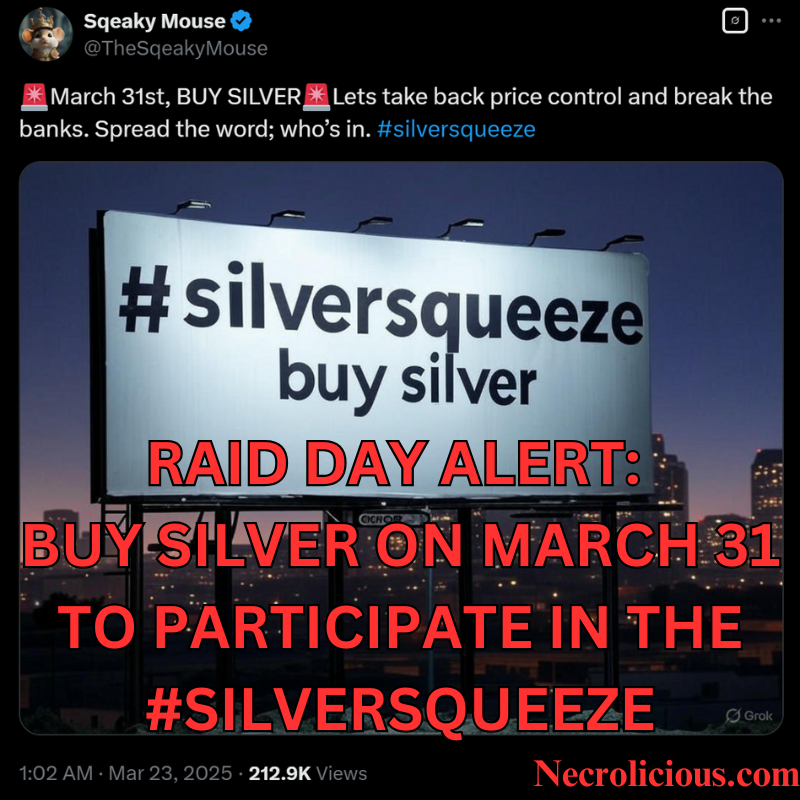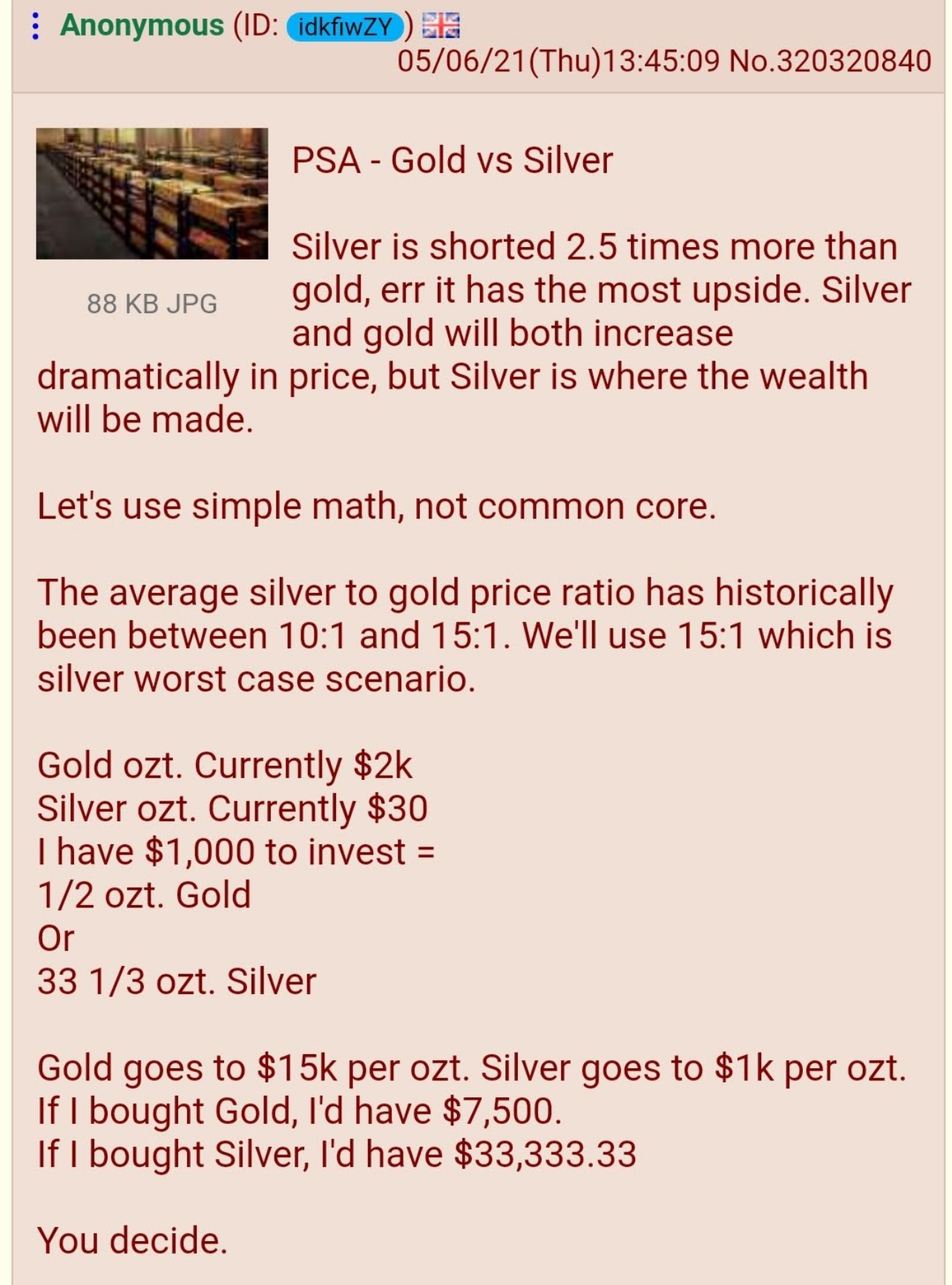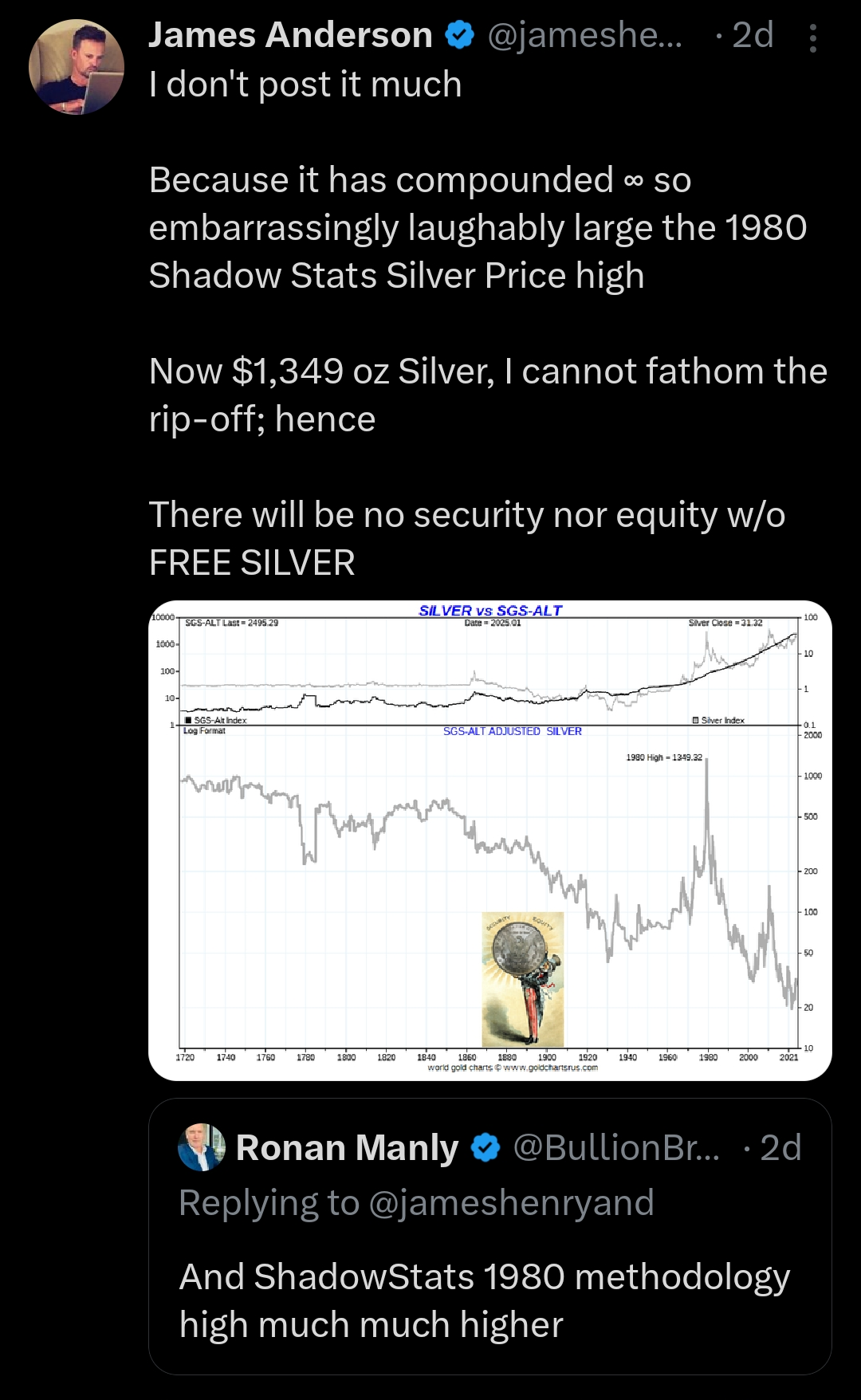People who listen to me always benefit greatly, while people who ignore me always later weep & wail in regret wishing they had listened to me. Which type of person are you?
On 1 February 2025, I published an certain article. The headline read:
“With New 25% Tariffs Going Into Effect Monday – Is This the Best Weekend Ever to Buy Silver?”
I shared it across social media & declared without hesitation:
This weekend – 1 & 2 February – is the final opportunity to acquire silver at pre-tariff prices.
On Monday, 4 February 2025, the 25% tariffs on imports from Canada & Mexico took effect.
Silver never traded at those $30 levels again.
The Figures Speak for Themselves – I Pinpointed the Precise Low
- My recommended purchase window (1–2 February): Spot silver settled the previous Friday between $31.80 & $32.40 per ounce. Physical bullion remained available at $33–$35 all-in from weekend dealers.
- Nine months later: Silver reached an all-time nominal high of $54.47 on 17 October 2025.
- Return for those who followed my advice: +67% to +75% in fewer than 300 days.
→ A $10,000 position acquired that weekend grew to $17,500 by late October.
I did not rely on fortune. I recognised that Mexico accounts for 44% of United States silver imports & Canada another 18%. I understood that markets would be closed all weekend, preventing institutional front-running & delaying premium increases.
I instructed readers to act while the COMEX was dark. Anyone who listened to me secured considerable gains.
The Two Strongest Consecutive Quarters in Over a Decade
The two quarters immediately following my article – Q1 & Q2 2025 – produced the most powerful sustained advance silver has recorded in the modern era.
| Period | Advantage of My Timing | Outcome |
|---|---|---|
| Q1 2025 (Jan–Mar) | Purchased immediately before 4 February tariffs | +15% quarter; high $34.21 |
| Q2 2025 (Apr–Jun) | Tariffs fully absorbed + industrial supply shock | +28% quarter; 14-year highs near $37 |
| Combined Q1–Q2 | Entry during my weekend window | +48% in six months |
No comparable two-quarter period in the past fifteen years delivered equivalent consistent gains without a subsequent 30–50% retracement.
- The 2020 COVID rally achieved +85% across two quarters, followed by a 35% collapse.
- The 2016 post-Brexit recovery managed +33%.
- The 2011 pre-peak surge produced one exceptional quarter, then a multi-year bear market.
My recommendation delivered a clean, tariff-catalysed ascent to record territory – without interruption.
Evidence That I Issued the Call First – & Most Decisively
The original article remains live, exactly as I published it on 1 February 2025:
👉 https://necrolicious.com/with-new-25-tariffs-going-into-effect-monday-is-this-the-best-weekend-ever-to-buy-silver/
Timestamped. Unaltered. No retrospective revision.
The Final Assessment
History now confirms 1 & 2 February 2025 as the single most advantageous weekend to acquire physical silver in the modern era.
I identified the impending tariff impact.
I specified the precise 48-hour window.
I watched likeminded investors convert thousands of dollars into tens of thousands of dollars while mainstream analysts continued forecasting $28 silver.
Therefore, I claim this victory with justification.
To those who acted on my article – well done; your silver holdings have appreciated in value by more than 70%.
To those who did not – you missed this cycle, but you’re not too late. Silver price has been suppressed for 150 years & has a lot of upward action to make up for. Many say silver’s price could even quadruple within the next 2 quarters.
Don’t miss out.
Yours in silver,
– Necrolicious
The analyst who identified the silver price bottom on 1 February 2025 & can prove it.
I’m not a financial advisor & this is not financial advice, I’m just heavily invested in silver.
If you want to start investing in precious metals & want a FREE half-ounce of silver, sign up for Kinesis using my link!










